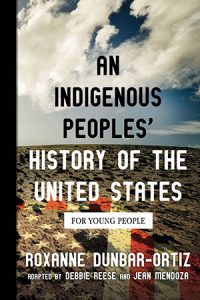 Spanning more than 400 years, this classic bottom-up history examines the legacy of Indigenous peoples’ resistance, resilience, and steadfast fight against imperialism. Indigenous human rights advocate Roxanne Dunbar-Ortiz reveals the roles that settler colonialism and policies of American Indian genocide played in forming our national identity.
Spanning more than 400 years, this classic bottom-up history examines the legacy of Indigenous peoples’ resistance, resilience, and steadfast fight against imperialism. Indigenous human rights advocate Roxanne Dunbar-Ortiz reveals the roles that settler colonialism and policies of American Indian genocide played in forming our national identity.
The original academic text, An Indigenous Peoples’ History of the United States, is fully adapted by renowned curriculum experts Debbie Reese and Jean Mendoza, for middle-grade and young adult readers to include discussion topics, archival images, original maps, recommendations for further reading, and other materials to encourage students, teachers, and general readers to think critically about their own place in history. [Description by publisher.]
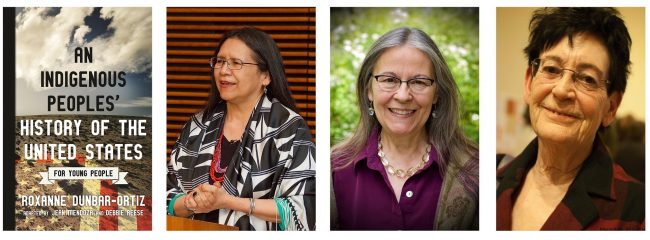
The young reader’s edition of An Indigenous Peoples’ History of the United States is by Debbie Reese and Jean Mendoza, based on the original edition by Roxanne Dunbar-Ortiz. Photos of Reese and Mendoza by Durango Mendoza.
Reviews
An important corrective to conventional narratives of our nation’s history . . . . An accessible, engaging, and necessary addition to school libraries and classrooms. An excellent read, dismantling American mythologies and fostering critical reasoning about history and current events. —Kirkus Reviews, Starred Review
This adaptation of An Indigenous Peoples’ History of the United States (2014) should be required reading for all middle and high schoolers—and their teachers . . . . There is much to commend here: the lack of sugar-coating, the debunking of origin stories, the linking between ideology and actions, the well-placed connections between events past and present, the quotes from British colonizers and American presidents that leave no doubt as to their violent intentions . . . . The resistance continues, and this book urges all readers to consider their own roles, whether as bystanders or upstanders. —Booklist, Starred Review
Gripping, tightly written, and packed with facts traditional textbooks and historical accounts neglect to cover. —Shelf Awareness
ISBN: 9780807049396 | Beacon Press

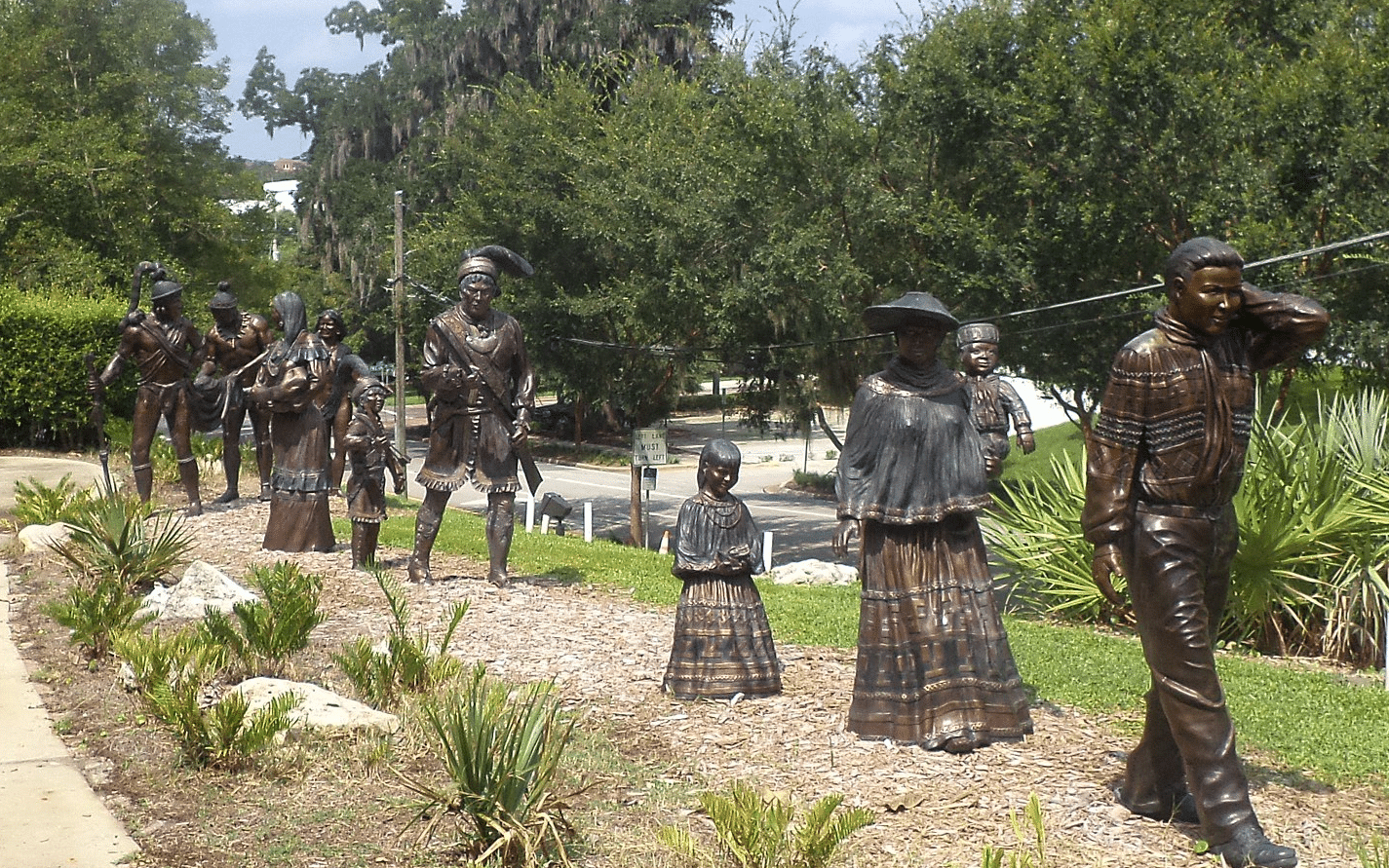

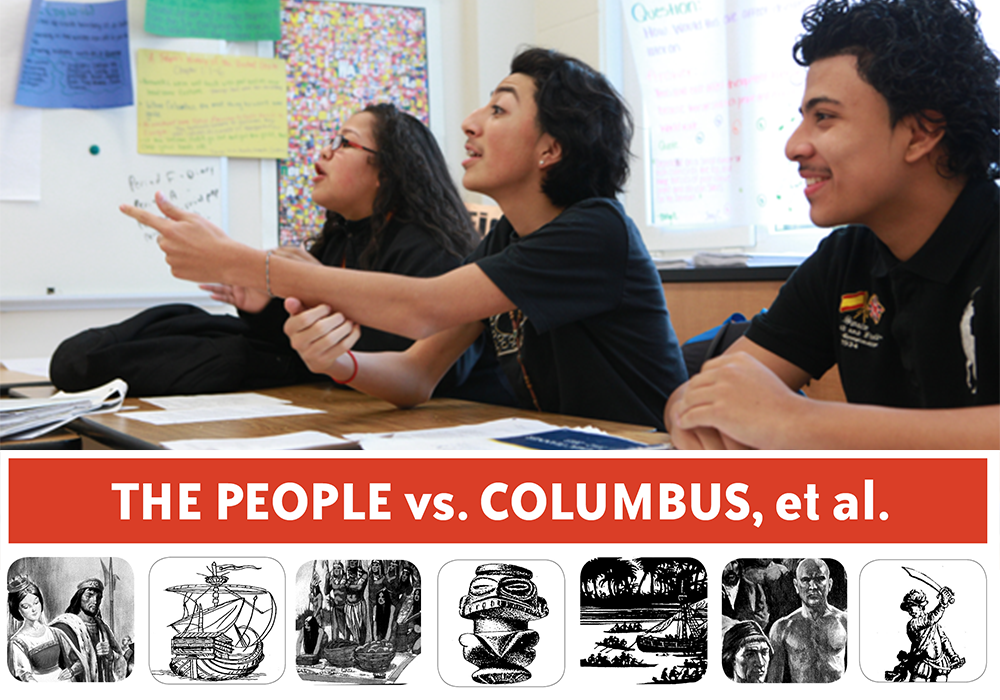
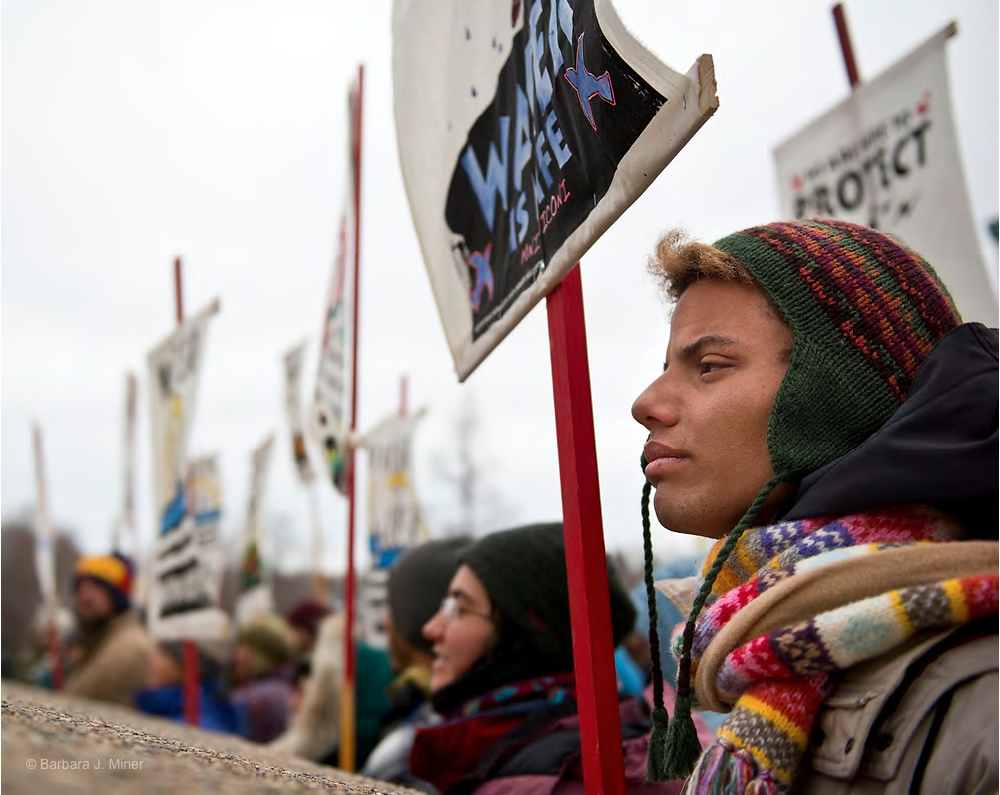


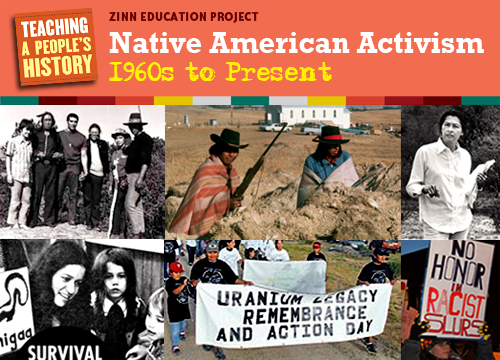
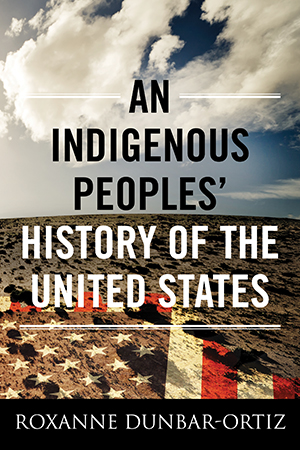
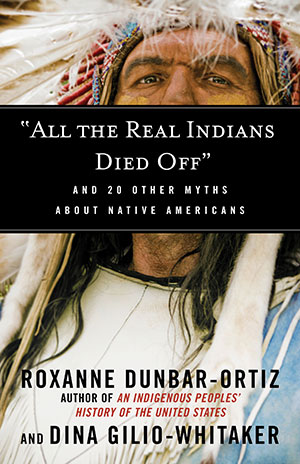
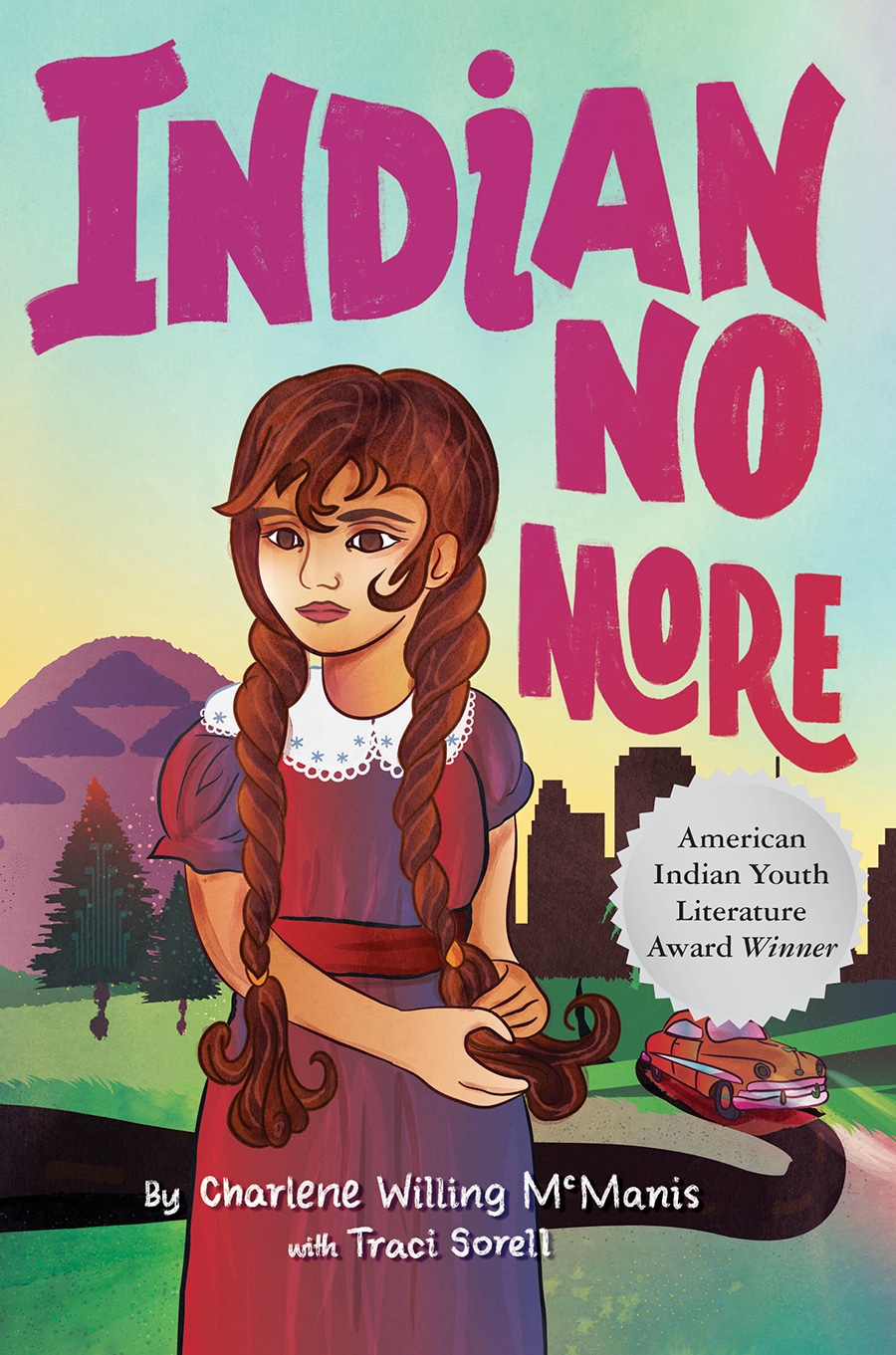
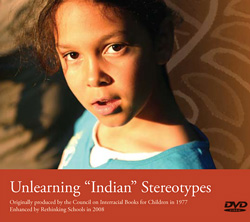
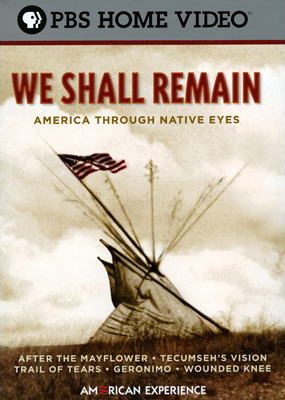






When we teach American history, shouldn’t we begin with the history and cultures of the indigenous people before European contact?
Most dramatic, perhaps, the large city in southern Illinois, Cahokia, which thrived between 1050 and 1200 AD.